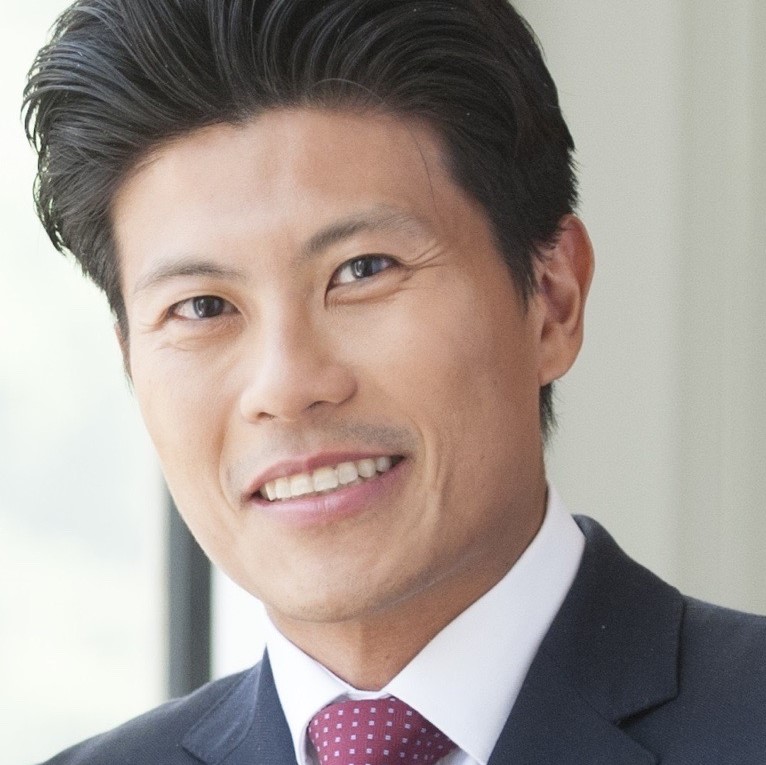How do you solve a problem like Anhui Conch, one of China’s largest cement producers? The cement industry is among the world’s most pollutive, and China pours more of the stuff than the rest of the world combined. It’s easy to believe Conch has no place in a portfolio of sustainable investments.
But the world is going to buy cement, whether you invest in it or not. The question for responsible stewards of capital is how best to deliver positive returns while also improving corporate behaviour. That can include everything from a better environmental performance to the fairer treatment of employees. Can more good be achieved working with a cement producer to become greener, or by divesting and sending a warning to the wider sector?
To engage or exclude is a central question for sustainable investors. Where possible, we choose the former.
A model engagement
As recently as 2021, global ratings agency MSCI had given Anhui Conch the lowest possible grade for its environmental, social, and governance (ESG) credentials. It was a clear sign to investors that this was not a sustainable company.
Yet Fidelity’s analysts saw promise. Conch was already cutting emissions and, despite its size, we viewed the company as a decarbonisation leader across the Chinese cement industry. The business was putting more than 2 billion renminbi per year ($288 million) towards reducing its carbon emission density by 6 per cent over the five years to 2025.
Companies like Conch present investors with a dilemma. On the one hand, there’s no hiding from its impact on the environment. On the other, there's little a cement producer can do immediately to reduce its carbon emissions, but it can develop strategies over time to improve its practices and engaged investors can help steer that process.
Strategies like these require significant financing and a poor MSCI rating was doing nothing to help Anhui Conch’s cost of capital. After an initial meeting with Conch’s management at the start of 2021, we found that MSCI’s CCC rating for the company misrepresented its environmental credentials. Because cement prices are highly localised, it’s typically much cheaper in China than in the West. By allowing third party ratings to benchmark its emissions data against revenue, the cement maker was selling its efforts short.
Anhui Conch took our advice that cross-border comparisons would be more accurate if it switched to volume-based metrics that capture emissions per unit of actual cement production. The result contributed to MSCI raising the company’s sustainability rating by two grades.
A last resort
Engaged investors can achieve a lot if their companies are willing to listen. But as important as what they can do with their influence is what they can’t do without it.
While some investors may choose to exclude certain companies based on their ethical values, in many cases, engaging with companies is a better way to achieve on-the-ground sustainable outcomes such as lowering emissions from processes, or pushing firms to retire fossil fuel assets rather than divest them.
That might have been the fate of the Mount Arthur coal mine in Australia. Its owner, BHP Group, had signalled it would sell off the mine as part of its decarbonisation policy. Doing so would have reduced the company’s own value chain emissions but would not have guaranteed a positive impact in the real world. The facilities would have continued to operate, most likely under the opaque ownership of private buyers.
We supported BHP’s eventual decision to halt the sale and instead to wind down the mine to closure in 2030 - far sooner than if it had been sold on to a private operator. The temporary boost to BHP’s carbon tally will cut real world emissions over the long term.
But it’s not just sustainability at stake: expanding exclusions for the sake of making portfolios green on paper can make for a poor investment strategy; it can narrow your investment universe and increase concentration risk. Divesting may nominally reduce exposures to certain ESG factors but also means investors miss out on the benefits of company improvements. Investors who take the time to understand where companies are heading have more opportunities to position themselves for future alpha creation.
Rather than excluding companies as a first port of call, we believe that divestment is better used as leverage to achieve change and escalate engagements which are not producing the desired outcomes.
From top to bottom
As well as speaking to individual companies, investors can use their influence at a higher level to engage on broader themes.
Take deforestation. Forests are the most effective carbon sinks, absorbing 1/3rd of the carbon dioxide released from the burning of fossil fuels. To have any hope of achieving net-zero goals, investors urgently need to address the issue of unrestrained land clearing. Given that farming commodities such as palm oil, soy, beef, and timber is the primary driver of deforestation, engagement must begin on a thematic level with those industries.
Engagement pays
Capital buys influence. That influence, if used responsibly by investors, can improve the lot of all stakeholders over the long term. A sustainable business is also a more prosperous business; disinvesting undermines our fiduciary duty to deliver positive returns to clients and is the equivalent of brushing a ‘bad’ company under the ESG rug. It’s time to clean up properly.







































